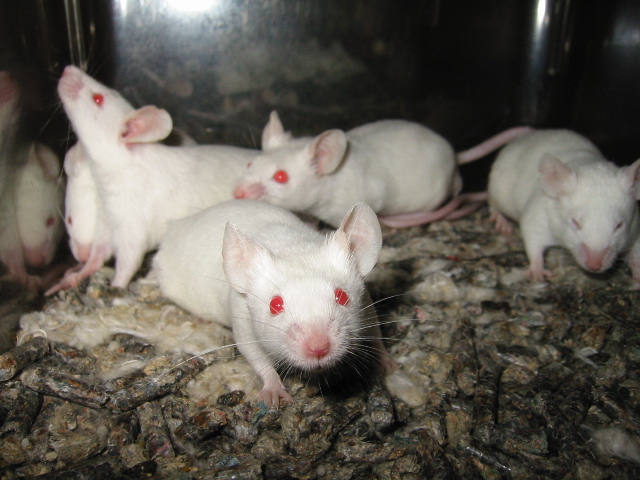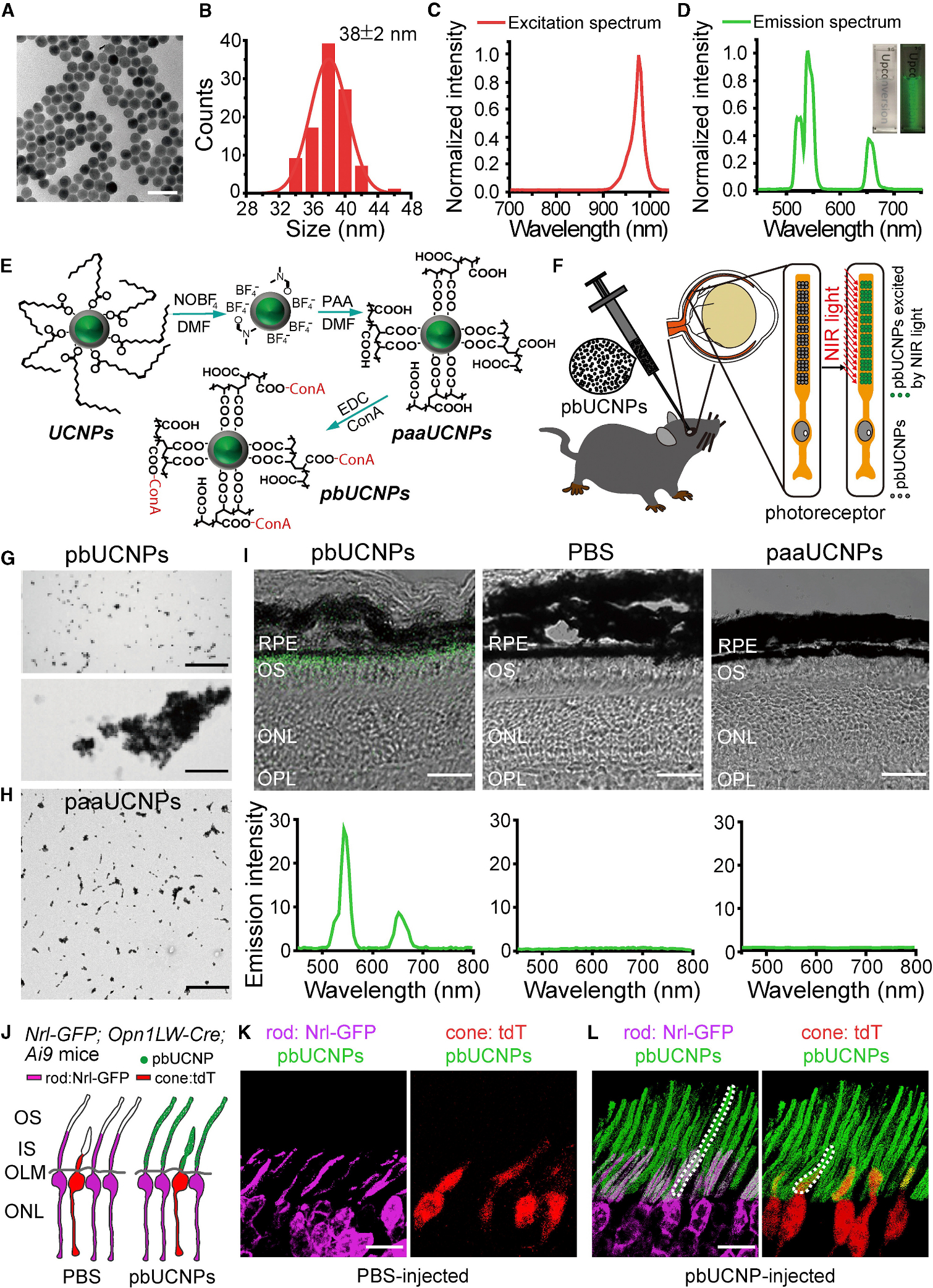Chinese Scientists Create Injectable Nanoparticles That Enable Night Vision
Chinese scientists have discovered a nanoparticle that enables mammals — including humans — to see in absolute darknesss. They have tested it successfully in mice.
It sounds like a superhero origin story for a new Marvel movie, but it is real: a group of Chinese scientists have developed an injectable nanoparticle that will give you superhuman near-infrared vision. It’s an amazing discovery that could enable any mammal to see in the dark.

The research team from the University of Science and Technology of China and the University of Massachusetts Medical School published the results of their stunning work in the scientific journal Cell yesterday, February 28.
The nanoparticle is an ocular photoreceptor that get injected in the eye. Once it is in there, the nanoparticle anchors to the retinal photoreceptors as near-infrared (NIR) light transducers. In other words, it captures NIR light and sends it as visible light to your retina, which allows your eye to see in darkness.
MORE: Nvidia's Scary AI Generates Humans That Look 100% Real
According to the team, the nanoparticles don’t affect your regular daylight vision. It’s just that, when the night comes, you just keep seeing in the dark. In black and white, but you will see just fine. In fact, the team discovered that not only you will be able to see in the dark, but you will see the NIR light patterns. If you are a museum thief, all those alarm beams will be a piece of cake if you have these nanoparticles in your eyes.
The scientists also found out that the nanoparticles didn’t stay in the eyes forever. They continued to work for 10 weeks. The team also found out that the was no side effects on the vision or any damage in the eyes.
Successfully tested in mice
Sign up to get the BEST of Tom's Guide direct to your inbox.
Get instant access to breaking news, the hottest reviews, great deals and helpful tips.
To test their invention, the team used mice. A mouse’s eyes work just like ours — they see the same visible light spectrum that we can see. This goes from wavelengths of 400 to 700 nanometers. Near infrared goes from 700 to 1200 nanometers. This nanoparticle can grab light at 980 nanometers and turn it into 535nm light that our eyes can see.

So they injected these nanoparticles in lab mice and decided to put them through a maze in the dark. The mazes had a Y-shape and were filled with water. At the end of one of the paths, there was a platform hiding under the water. The mice — both the supermice and the regular control group mice — would have to swim in the dark in search of the platform.
Before putting them into the maze, they trained the mice to associate a NIR light pattern with the platform. Obviously, the mice without the nano-particle couldn’t see the pattern, as they discovered in the experiment later.
They found out that, when they put the untreated mice into the mace, they were able to find the platform under the water 50 percent of the time, which is what you would expect statistically from a maze with only two paths.
But when they put the supermice in it, the success rate bumped to 80 percent. The nanoparticle was also successfully tested using single-photoreceptor recording, electroretinograms, cortical recordings, and other visual behavioral tests.
The team says that, theoretically, you can create other nanoparticles that will allow you to convert other invisible light — like ultra-violet — into visible light.
While you will not be able to go to your local optician and get an injection to get superhuman vision any time soon, this discovery has huge implications. Not only for fun and stealing paintings at the Metropolitan Museum of Art, but to help people.
One simple example: humans lose night vision as they get older, so that will be an obvious application. As an old person myself who has already noticed this, I’m excited. Heck, I will be even more excited if I were my 12-year-old self.
Jesus Diaz founded the new Sploid for Gawker Media after seven years working at Gizmodo, where he helmed the lost-in-a-bar iPhone 4 story and wrote old angry man rants, among other things. He's a creative director, screenwriter, and producer at The Magic Sauce, and currently writes for Fast Company and Tom's Guide.

